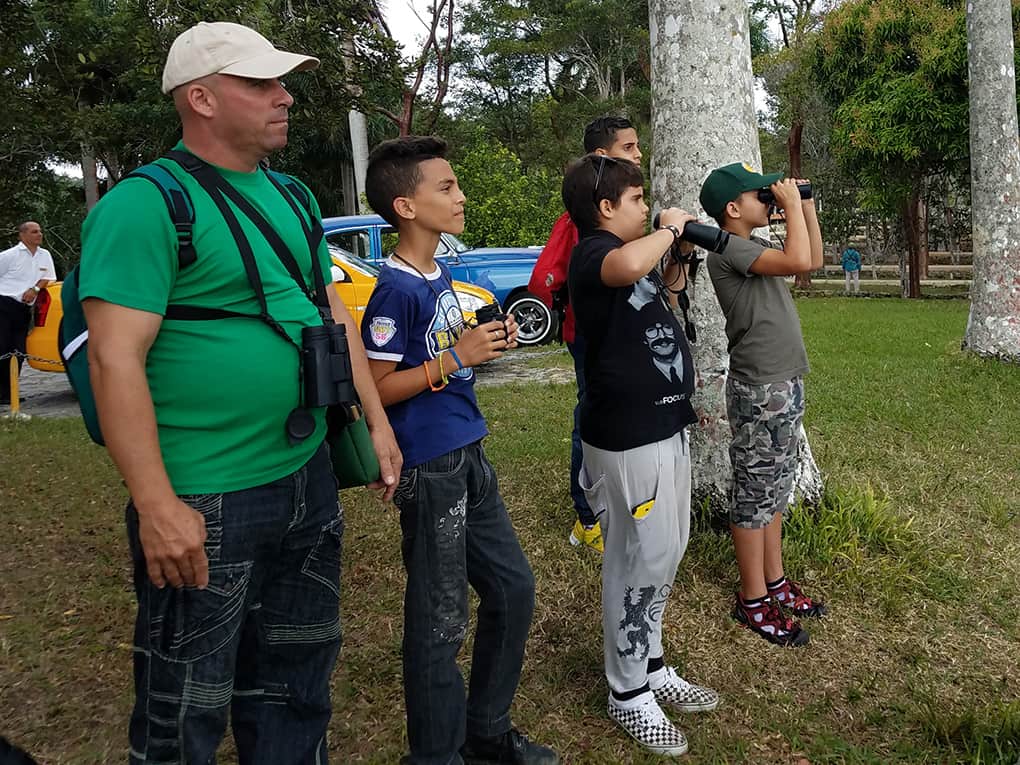The spectacular birds above and below were photographed by birders who traveled to Cuba with BirdWatching magazine in early December 2016.
Guided by biologist Luis Diaz, curator of the National Museum of Natural History in Havana, and BirdWatching editor Chuck Hagner, the group recorded 150 species in all, including 21 of the island’s endemic species and 19 species that are endemic to the West Indies.
Cuban endemic species recorded (21)
1. Cuban Black Hawk
2. Blue-headed Quail-Dove
3. Gray-fronted Quail-Dove
4. Cuban Pygmy-Owl
5. Bee Hummingbird
6. Cuban Trogon
7. Cuban Tody
8. Cuban Green Woodpecker
9. Fernandina’s Flicker
10. Cuban Parakeet
11. Cuban Vireo
12. Zapata Wren
13. Cuban Gnatcatcher
14. Cuban Solitaire
15. Yellow-headed Warbler
16. Oriente Warbler
17. Cuban Grassquit
18. Cuban (Zapata) Sparrow
19. Red-shouldered Blackbird
20. Cuban Blackbird
21. Cuban Oriole
Participants heard the songs of Cuban Solitaires and spotted Cuban Grassquits in western Pinar del Río province, recorded Zapata Wren and both Blue-headed and Gray-fronted Quail-Doves on the Zapata Peninsula, in Matanzas, and found Zapata Sparrow and Cuban Gnatcatchers near the Faro Paredon, the 160-year-old lighthouse on Cuba’s north coast.
It was Bee Hummingbird, however, that provided the most memorable moments. Team members counted at least eight of the tiny birds in and around an 11-year-old firebush (Hamelia patens) in the narrow backyard of a house in Palpite, north of Playa Larga. More than one birder had to duck as hummingbirds zipped to and from the bright red blossoms.
In addition to surveying birds, the group visited with Orlando Garrido, senior author of Field Guide to the Birds of Cuba, took a walking tour of Old Havana, and presented local birders with educational coloring books featuring the island’s birds, binoculars donated by Point Blue Conservation Science, and other items.

